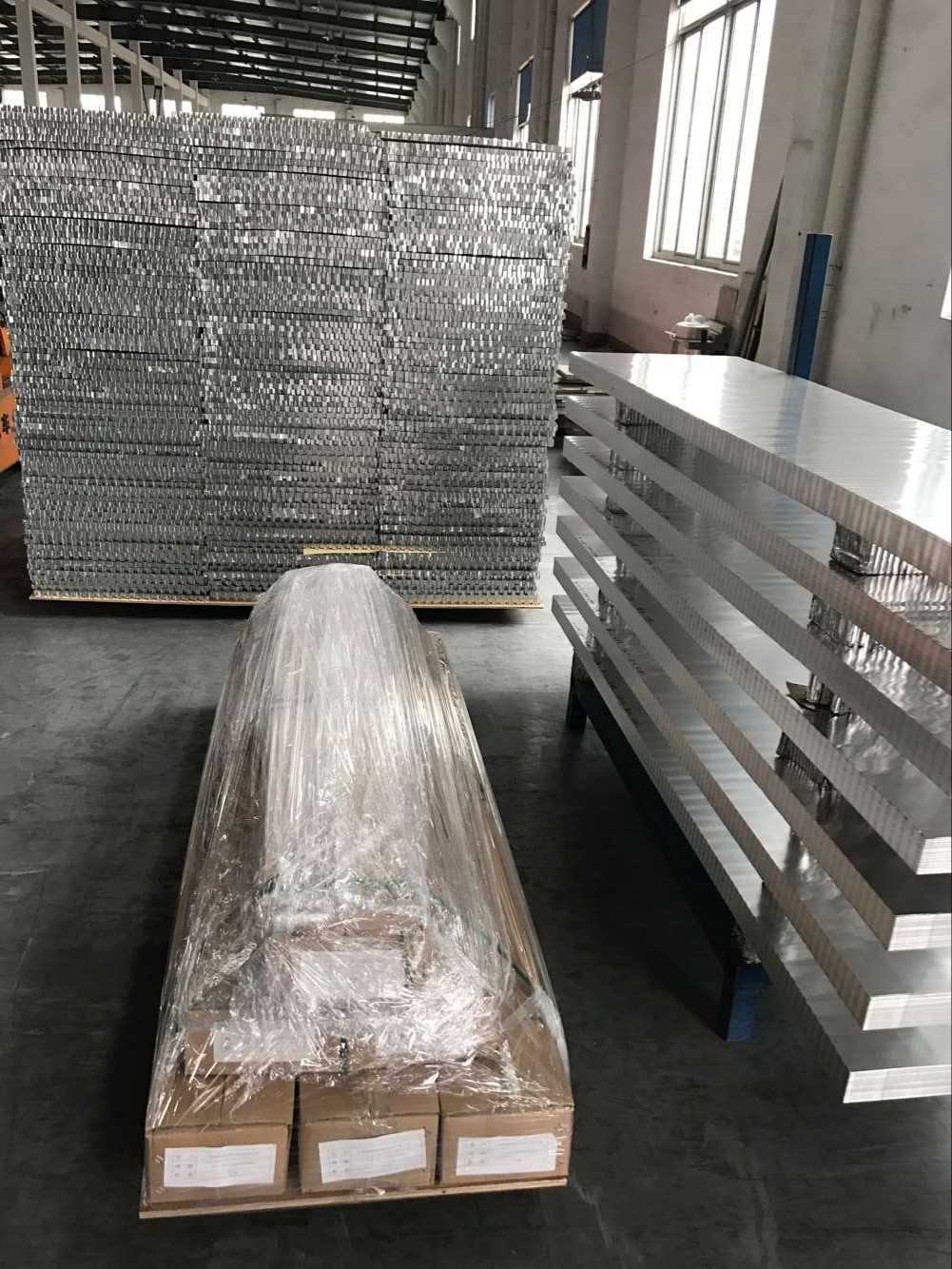The National Reconnaissance Office and U.S. Space Force successfully launched the SILENTBARKER/NROL-107 mission aboard a United Launch Alliance Atlas-V rocket from Cape Canaveral Space Force Station on September 10, 2023. SILENTBARKER is a joint NRO and U.S. Space Force Space Domain Awareness mission to meet Department of Defense and Intelligence Community space protection needs. Stay tuned and follow NRO.gov and NRO social media for additional updates. See more NROL-107 products and the press release.
The SILENTBARKER/NROL-107 patch: The Delta shape is pointing the way to better space domain knowledge. The fox represents the cunning nature of the IC and DoD that gives our warfighters the edge against America’s adversaries. The fox in motion represents agile operations in the space domain. The combined moon and stars represent the commitment of the IC and DoD to be always on guard to protect American interests and freedom. The moon is a waxing crescent, symbolizing we are not done and there is still work ahead of us. The two deltas symbolize the partnership between the U.S. Space Force and NRO. Download the NROL-107 Press Kit. Nomex Honeycomb Core

United Launch Alliance’s Atlas V rockets have delivered vital national security missions accross the globe since 2002. The Atlas V configuration is comprised of a common booster core (CBC), a Centaur upper stage, and a 5-meter-diameter payload fairing (PLF). This Atlas employs four additional solid rocket boosters to augment the first-stage CBC.
The 5.4 m diameter short PLF is a sandwich composite structure made with a vented aluminum-honeycomb core and graphite-epoxy face sheets. The bisector (two-piece shell) PLF encapsulates both the Centaur upper stage and the spacecraft, which separates using a debris-free pyrotechnic actuating system.
The Centaur upper stage is 3 m (10 ft) in diameter and 12.6 m (41.5 ft) long. Centaur is a liquid hydrogen/liquid oxygen-fueled vehicle. It uses a single RL10 engine producing 106 kilo-Newtons (23,825 lbf) of thrust.
The Atlas V common core booster (CCB) is 3.8 m (12.5 ft) in diameter and 32.5 m (106.5 ft) long. Propulsion is provided by the RD-180 engine system (a single engine with two thrust chambers). The RD-180 burns RP-1 (Rocket Propellant-1 or highly purified kerosene) and liquid oxygen. It delivers 3.83 mega-Newtons (860,200 lbf) of thrust at sea level. The solid rocket boosters (SRBs), with a diameter of 160 cm(63 in) and a length of 20.1 m (66 ft), are constructed of a graphite-epoxy composite with the throttle profile designed into the propellant grain. The SRBs are jettisoned by thrusters following a burn lasting approximately a minute and a half.
With more than a century of combined heritage, ULA has successfully delivered 140 missions to orbit that aid meteorologists in tracking severe weather, unlock the mysteries of our solar system, provide critical capabilities for troops in the field, deliver cutting-edge commercial services and enable GPS navigation.
SILENTBARKER/NROL-107 will launch from Space Launch Complex-41 (SLC-41) at Cape Canaveral Space Force Station, Florida. SLC-41’s first launch was in 1965 for TITAN III and TITAN IV launches and retrofitted to support Atlas V launches begininning in 2002. SILENTBARKER/NROL-107 will be the 18th and final NRO Atlas V launching from Cape Canaveral.
Join our talented and diverse workforce today.

Honeycomb Sheet An official website of the United States government. Hosted by Defense Media Activity - WEB.mil